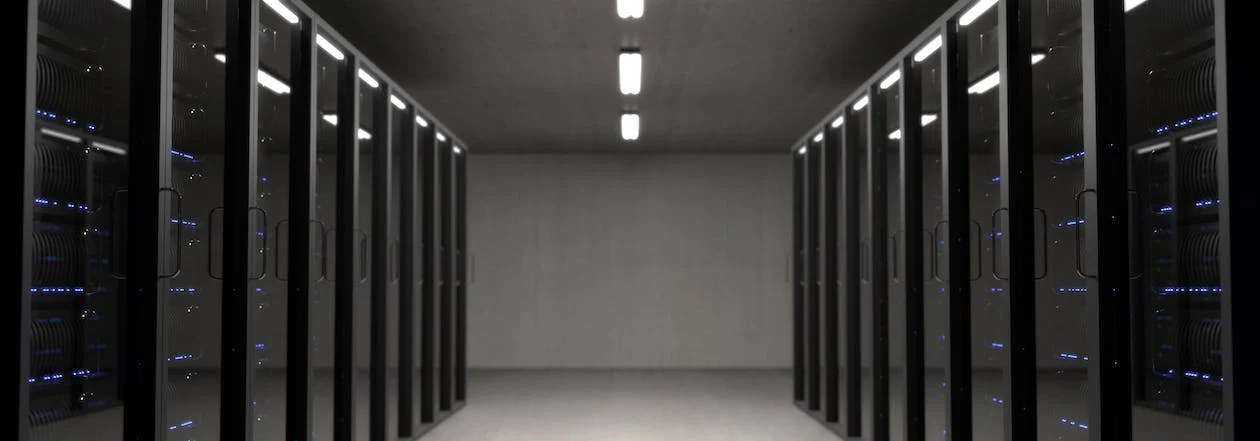Serverless Architecture and Function-as-a-Service (Faas) : The Future of Cloud Computing
Serverless Architecture and Function-as-a-Service (FaaS): The Future of Cloud Computing

Serverless Architecture and Function-as-a-Service (FaaS) are two cloud computing technologies that are changing the way we build and deploy applications. Both technologies offer a more efficient and cost-effective way to build and run applications, without the need for managing servers.
What is Serverless Architecture?
Serverless Architecture is a cloud computing model where the cloud provider manages the infrastructure and automatically provisions and scales resources as needed. This means that developers can focus on building applications without the need to manage servers or infrastructure.
In a serverless architecture, applications are built using small, stateless functions that are triggered by events. These functions are executed in a containerized environment that is managed by the cloud provider.
In a serverless architecture, applications are built using small, stateless functions that are triggered by events. These functions are executed in a containerized environment that is managed by the cloud provider.
What is Function-as-a-Service (FaaS)?
Function-as-a-Service (FaaS) is a cloud computing model that allows developers to write and deploy code in the form of small, stateless functions. These functions are triggered by events, such as user actions or data changes, and are executed on demand.
FaaS allows developers to focus on writing code without worrying about the underlying infrastructure. This makes it easier to build and deploy applications quickly and efficiently.
Benefits of Serverless Architecture and FaaS
Serverless Architecture and FaaS offer several benefits for developers and businesses, including:
- Reduced costs : Serverless Architecture and FaaS eliminate the need for managing servers, which reduces infrastructure costs.
- Scalability : Serverless Architecture and FaaS automatically scale resources based on demand, allowing applications to handle spikes in traffic without the need for manual scaling.
- Faster Time-to-Market : Serverless Architecture and FaaS make it easier to build and deploy applications quickly and efficiently, allowing businesses to bring new products to market faster.
- Improved Resource Utilization : Serverless Architecture and FaaS allow developers to focus on building applications without worrying about infrastructure, which can lead to improved resource utilization.
Applications of Serverless Architecture and FaaS
Serverless Architecture and FaaS have many applications in a variety of industries, including:
- Web Applications : Serverless Architecture and FaaS can be used to build and deploy web applications quickly and efficiently.
- Internet of Things (IoT) : Serverless Architecture and FaaS can be used to process and analyse data from IoT devices.
- Machine LearningServerless Architecture and FaaS can be used to build and deploy machine learning models.
- Event-Driven ProcessingServerless Architecture and FaaS can be used to process and analyse data from events, such as social media mentions or stock market data.
Conclusion
Serverless Architecture and Function-as-a-Service (FaaS) are two cloud computing technologies that are changing the way we build and deploy applications. They offer many benefits, including reduced costs, scalability, faster time-to-market, and improved resource utilization. Serverless Architecture and FaaS have many applications in a variety of industries, including web applications, IoT, machine learning, and event-driven processing. As these technologies continue to evolve, we can expect to see even more innovative uses of serverless architecture and FaaS in the future.



